SUMMARY
This is AI generated summarization, which may have errors. For context, always refer to the full article.
![[OPINION] The curious case of Filipinos’ love for travel](https://www.rappler.com/tachyon/2021/03/tl-ph-diaspora-640.jpg)
As a diplomat, I frequently travel outside the country. In fact, at the moment, I am writing from the Middle East, where I will be stationed for the next 3 to 6 years following our rotation system in the Department of Foreign Affairs.
In practically every country I have visited for the last 20 years, I would invariably meet a fellow Filipino who is either a temporary migrant worker or has become a citizen or permanent resident of the place. It was the Filipino diaspora reminding me of its pervasiveness.
I have never truly appreciated the full extent of the Filipino diaspora until I visited Niue, a tiny island nation located in the South Pacific Ocean, for a two-day meeting in 1998. Niue is 2,400 kilometers northeast of New Zealand, east of Tonga, south of Samoa, and west of the Cook Islands. In 2016, it had a total population of about 1,600. Out of this number, there was one Filipino gentleman from Luzon, the only Filipino citizen in the entire island, who also owned and operated the only video shop in the entire island-nation.
In Buenos Aires the following year, while unpacking my clothes at my hotel room for a 3-day meeting in the tango capital of the world, I was startled to hear the chambermaid speak in Filipino. She was from Pangasinan.
And in 2001, I was with a team from the Philippine Consulate General in Toronto visiting Nunavut, the northernmost territory of Canada. An eskimo territory with a year-round polar climate that does not go higher than 10 degrees centigrade and can go as low as -40 in winter, Nunavut is perhaps as remote as Tristan de Cunha, the world’s most remote populated island in the world, or Timbuktu in Africa. Yet, I was pleasantly surprised that Nunavut is also home to a flourishing Filipino community whose members were as at ease with the place’s polar climate as they were comfortable with the tropical heat back in the Philippines.
I have also read somewhere that the first Filipino settlement in North America is traceable to New Orleans, not Hawaii, Alaska, or California, as many of us have come to believe. Populated by “Manila Men” or “Taglas” (from Tagalog), the Filipino settlement in New Orleans is believed to date back to the late 1700s. It is also believed that the founders of this Filipino settlement were erstwhile deckhands of one of the Manila Galleons, who left their employ and somehow found their way to New Orleans, possibly via the Mississippi River delta. The Mississippi River is the second largest river in the United States. It empties into the Gulf of Mexico, whose western edge is Mexico, where the Manila Galleon sailed from Acapulco to Manila back, back in the day.
However, if Enrique of Malacca was from the islands that would later become known as “Las Islas Filipinas” and not from Sumatra, then the Filipino diaspora is as old as Ferdinand Magellan! Enrique Malacca was a trusted hand of the ill-starred Portuguese explorer. Magellan, who was then serving his Portuguese king in battles of conquest, found and acquired Enrique as a slave around the time of the Portuguese siege of Malacca in 1511. Magellan brought Enrique with him back to Lisbon, and Enrique would serve him until he met his untimely death in Mactan in 1521.
According to Antonio Pigafetta, one of two chroniclers of Magellan’s voyage, it was Enrique who acted as the voice and ears between Magellan and the natives of Cebu. Pigafetta was amazed that Enrique was well-versed in the local language. Is it possible that Enrique was a native of the islands before ending up in Sumatra, where he was picked up by Magellan? If he was, then Enrique is a “Filipino” ancestor! Of course, in the 1800s, Europe, in particular Spain because of our deep historical ties with it, was the favorite destination of many Filipinos, comprising mostly of students belonging to the ilustrado class.
Over the years, the Filipino diaspora has come to define the Filipino, but this diaspora is by no means monochromatic. These days, Filipinos abroad come in various roles and capacities, defying their stereotypical image as mere plodding workers in foreign households. The field is rife with tales of exceptional Filipino men and women occupying responsible positions in various companies overseas, if they are not the winningest contestants in international songfests and beauty tilts, or working as tutors and teachers of the children of some of the world’s royal families. And today, more and more Filipinos are traveling abroad simply for leisure.
Based on this short look back in history, if Filipinos are now among the travelingest people in the world, it is because our love for travel is written in our historical DNA. – Rappler.com
Edgar Badajos is a Filipino diplomat with previous foreign assignments, including in Toronto, New York, and Bangkok. He is the incoming Consul General of the Philippine Consulate General in Los Angeles.
Add a comment
How does this make you feel?
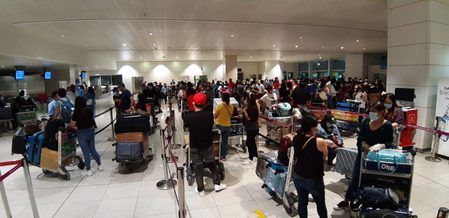


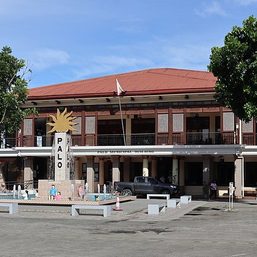
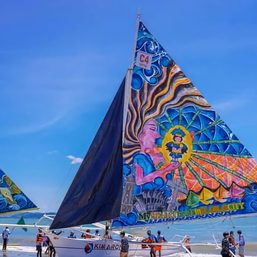
![[The Slingshot] No, no, no, National Museum! The Boljoon artifacts do not belong to you!](https://www.rappler.com/tachyon/2024/02/tl-boljoon-artifacts-nat-museum-02242024.jpg?resize=257%2C257&crop=270px%2C0px%2C720px%2C720px)
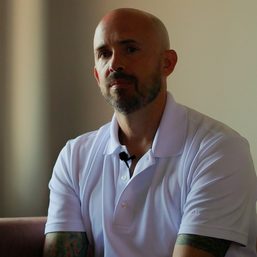
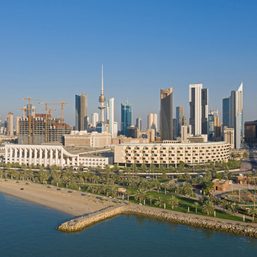
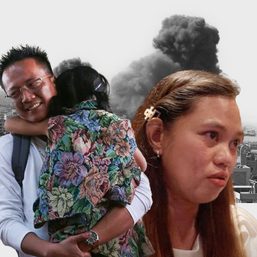
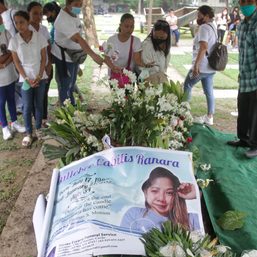


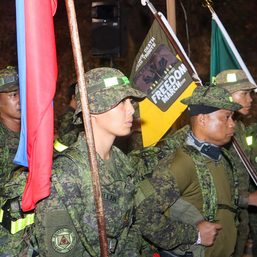
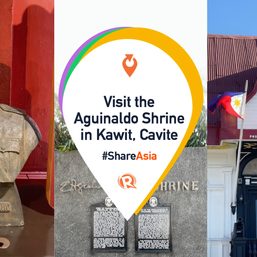
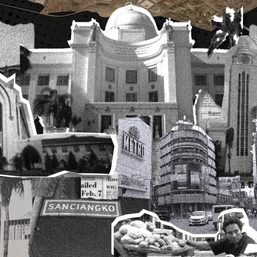
There are no comments yet. Add your comment to start the conversation.